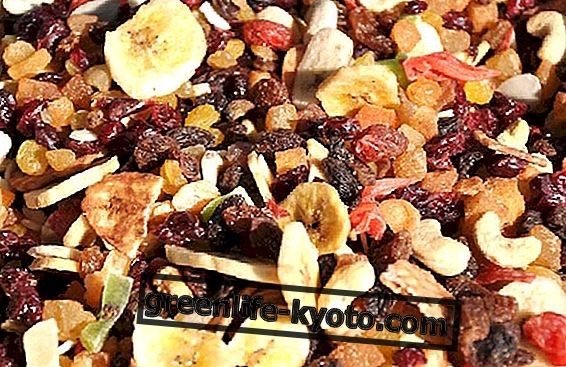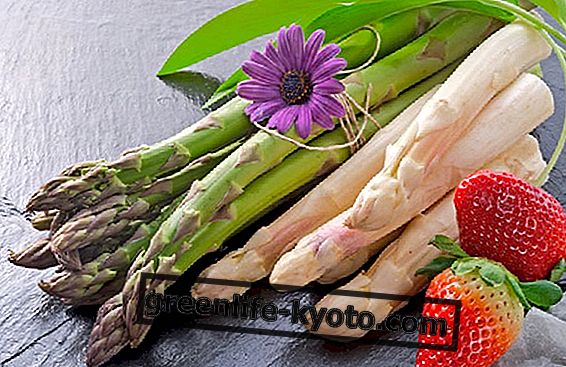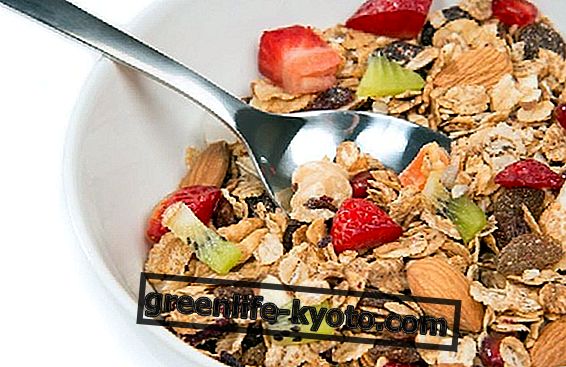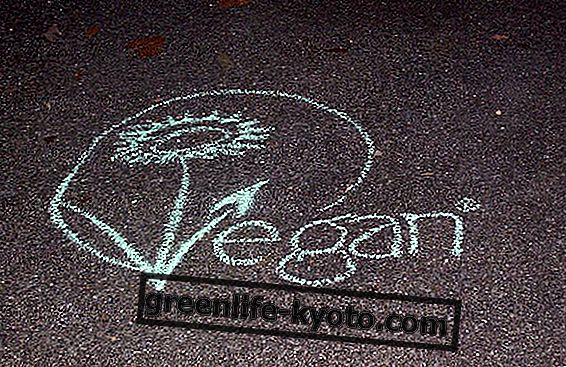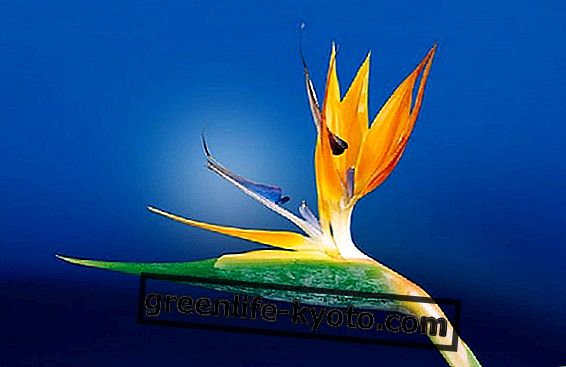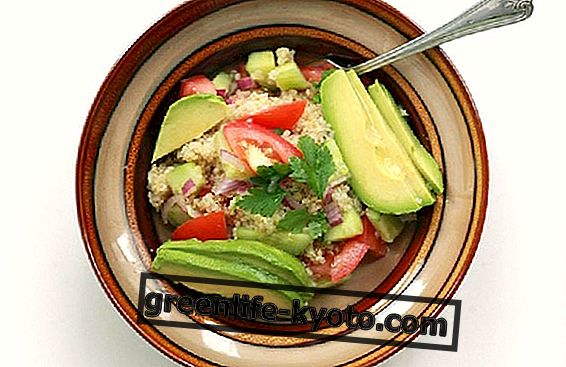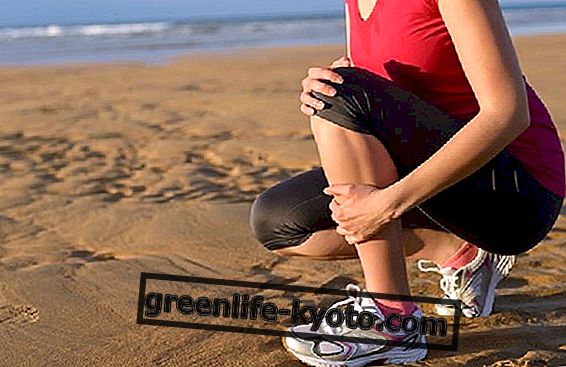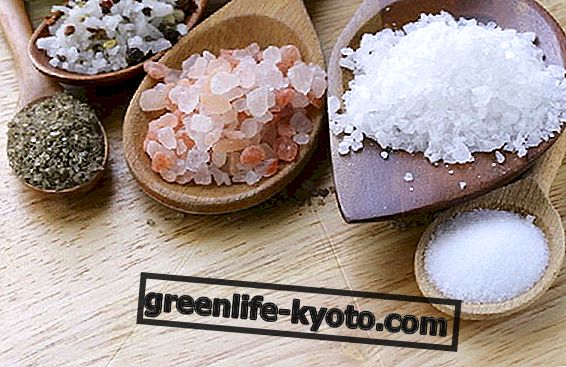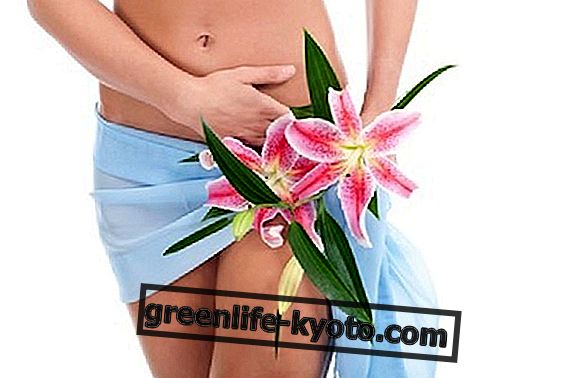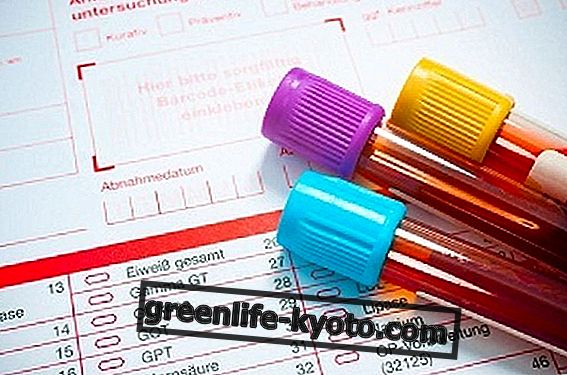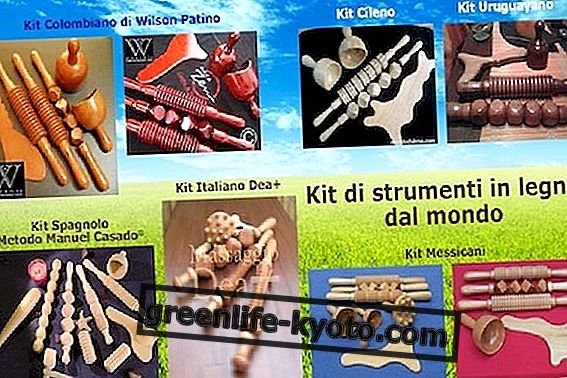
American, Spanish, Italian method
The wooden instruments used in aesthetics, in the hands of experienced and prepared professionals, are completely harmless and painless, pleasantly enhance the draining and shaping action of the manual massage and promote a progressive relaxation until falling asleep.
Instruments of a similar nature are widespread and commonly used in South and Central America for the aesthetic treatment of the female body, thanks above all to the pioneering work of the Colombian Wilson Patino and his school of "Maderoterapia" (from 'madero', which in Spanish means 'wood').
The American method, however, presupposes the instrumental effectiveness independent of the integration or otherwise of a valid manual massage, even arriving to use the instrument to limit physical contact with the receiver and / or to save the operator's fatigue from the hands of the manual massage.
The Spanish researcher Manuel Casado, after gaining the experience of massage techniques with bamboo learned in Costa Rica, proposes a more advanced vision of maderotherapeutic treatment, giving fundamental importance to a valid manual massage that the wooden method can enhance synergistically.
The use of wooden instruments in combination with his original massage technique has motivated him to structurally improve some traditional massaging elements to make them more suitable for completing his manual skills, paving the way for a new generation of functionally more rational and effective wooden instruments .
The unwillingness to share the American choice to diminish the manual massage has stimulated more recently also another evolutionary path, based on the draining modeling method of Diego Zago that originated the Dea® Massage.
Over twenty-five years of in-depth studies and manual experience, to be treasured, have constituted a solid starting point, allowing the conscious choice to adapt the instrument to manual work, and not vice versa, without binding or spoiling the development of the new method of instrumental work with the knowledge or preliminary learning of any existing maderotherapic technique.
The scientific knowledge and the acquired experiences have been realized in the original technique Dea +, a new professional method that following numerous experiments with objects of different invoice has developed innovative or alternative solutions that are expressed also in wooden instruments of different conception, visibly different from the instruments currently known and used in maderotherapy.
Diversity does not derive from sterile presumption or ostentation of greater artisan skill, but exclusively to respond appropriately to the real operational needs put in place with science and rationality from the Dea® Massage to the base of the instrumental technique.
Wanting to enhance the manual effectiveness with a professional kit of wooden instruments, in fact, some of the American ones already presented themselves as conceptually adequate, however some of their fundamental physical characteristics made them functionally unsuitable to constitute the ideal extension of the hands on the couch from massage. Those in the maderotherapy kit of the Manuel Casado® method, on the other hand, represented an undoubtedly more advanced starting point, because they were already adapted to the combination with a manual massage.
The state of the art of wooden instrument kits for modeling draining massage
There are many wooden instruments that can be used for aesthetic purposes on the body, and come in infinite variations . We will examine the best known, used in the three main methods .
The roller
The rollers with the middle part that rotate freely around a central pivot, whether it is carved or variably composed of several elements (for example cubically arranged transversely), produce a kind of superficial and deep stimulations that the hands alone could not to realize, and they are the most universally diffused wooden instruments. However, the bulk of the long lateral, fixed and symmetrical handles, improperly limits the useful surface of application in the treatment of the lateral surfaces of the body, going against the table top and other parts of the receiver's body.
In the infinite variety of wooden rollers for Maderoterapia a single working method seems to have intuited and solved this limitation: it is the Spanish one by Manuel Casado®, which proposes a kit where the rollers all have asymmetrical handles.
There are three rollers used in the Italian Dea + massage. Two of them are differently carved on the surface, to vary the intensity of the massaging action, and are composed of a median part in a single piece, to limit the noise level and to avoid the possibility of pinching the recipient's skin. The third roller, on the other hand, is composed of four cubes arranged transversely. All three rollers have asymmetrical handles, as in the Manuel Casado® method, but with a different and differentiated shape on the two fronts to offer a more effective grip when working on the lateral surfaces of the body, particularly required by the Goddess + Massage.
The fundamental innovation that most distinguishes all three rollers, however, is the concave profile that tapers them towards the center, and even the construction of the cube roller has the same characteristic thanks to an original arrangement with two smaller central elements than the to the side ones. This solution, evidently more ergonomic and effective, was probably discarded by the maderotherapy schools due to the much greater complexity of the craftsmanship that it entails and because of the high production costs, the fact is that the concavity of the instrument offers to consider an efficiency so improved, compared to the regular cylindrical one, that this prerogative has assumed a fundamental and indispensable importance in the Dea + instruments. The ergonomics of this conformation widens the contact surface of the rollers (and therefore their effectiveness in every massaging act), significantly lightens the instrument and makes it much more manageable, and less tiring, in the hands of the operator.
Last but not least, all the rollers of the Dea + kit use exclusive construction devices for the maximum possible reduction both in the contact noise of the elements between them, and in the possibility that the skin is pinched by the contrasting movement between the elements themselves, an advantage much appreciated not only by the operator, therefore, but also by the recipient, who can better relax during the massage until falling asleep.
The shaped tablet
The shaped tablets have great potential in reinforcing the draining and manual shaping action. They, however, are often composed of a large number of curvatures (up to 9!), Pursuing the goal (only theoretical) of making them universal use in every part of the body. This choice, however, heavily penalizes the manageability of the instrument, in practice, in the treatment of certain areas of the body (for example the inner thigh, in a prone and supine position, with the legs close together or too bulky to stay away from the one from the other).
The tablets of the maderotherapy kits of the Colombian Wilson Patino and the Spanish Manuel Casado are the ones with smaller dimensions, limiting themselves in a different way to a straight profile and only two curves.
The shaped tablet that is part of the Dea + Massage kit further reduces the size and therefore also the weight, the result of numerous field trials and an exclusive original design in line with the concept of practicality and ergonomics already expressed in the rollers. The triangular shape with three different curvatures (narrow, wide, sharp) adapts perfectly to every profile of the body with unparalleled maneuverability, without unnecessary clutter that, by hitting the table top or the parts of the body nearby, can penalize its use. A circular hole strategically placed lends itself to hooking with a finger for a more solid grip, while the narrow end can easily be used as a plate for additional functionality.
Even the Dea + tablet, like all the other tools in the kit, is made of solid wood, believing that the multilayer adhesive is an additional non-natural element that could release residues when subjected to the action of friction and massage oil (the in fact, multilayer boards offer contact with the cutting part, where the layer of adhesive is exposed to the outside). A more expensive but more natural solution, obviously shared by the instruments of Wilson Patino and Manuel Casado. Cheap five-ply curved tablets are sometimes seen in American, especially Mexican kits.
The mushroom with pegs and the bell
The mushroom peg is a modeling and defibrosante tool of excellence, which interprets the manual kneading instrumentally better than all the others. It generally has a long, thin handle and a variable number of pegs, glued more or less regularly to the lower flat or convex surface.
In the kit Dea + is widely used, not only in the lower limbs, and has an enlarged grip that facilitates the soft grip even with one hand. The pegs are sixteen and are regularly embedded in the base, to obtain a greater overall solidity.
The bell ('coppa' in maderoterapia) was created to exert a dynamic superficial negative pressure that should achieve a good tonic, re-elasticizing and modeling effect, however the superficial aspiration, deliberately produced with its use, has an anti-action physiological on the lymphatic and venous outflow, incongruously forcing on the capillary and lymphatic valve structures.
A mild stimulation could be harmless on the circulation, but at that point it would be little or nothing effective in a shaping, toning and re-elasticizing sense. In maderotherapy it is widely used and all the kits generally include it, while in the Dea + massage the opportunity of its use is considered limited to cases in which the stimulation of the centripetal circulations is not a priority, and they do not show any sign of reduced likewise efficiency.
The finish of the wooden instruments used in aesthetics
The tools of the Manuel Casado and Dea + kits, unlike the American ones of the Wilson Patino school, are not painted to guarantee the health of the operators and recipients who could absorb artificial paint compounds from the skin during the massage.
The most natural paint that can withstand the wear and tear of time, the constant rubbing on the skin and the action of the oil, as well as the continuous operations of cleaning and disinfection of the instruments between one receiver and another, without becoming opaque, leafing or becoming sticky, it is a vegetable oil of excellent quality.
Even the so-called "non-toxic paints for children", with artificial components within the limits of the law (!), Are actually suitable for the painting of static furnishings, certainly not to that of work tools so intensely subjected to the action of friction from rubbing, oil, detergents and disinfectants, even if natural. In the absence of more than certain guarantees of harmlessness and efficiency, the Dea + instruments have never been painted in any way and are simply wet before their first use and final polishing with an organic vegetable oil, containing a high concentration of oils balsamic essentials, naturally disinfectants, and antifungals.
The wooden instruments of the Manuel Casado® and Dea + massage methods are in any case always dried and disinfected, between one receiver and the other, with ecological detergents, biological disinfectants and hydrogen peroxide, for maximum attention to each recipient and of the operator who uses them.
If necessary, finally, they have the advantage of being able to be sanded without problems with sandpaper, especially if it is necessary to remedy unsightly marks (to which, in the case of painted instruments, it would be possible to avoid only with a repainting).
